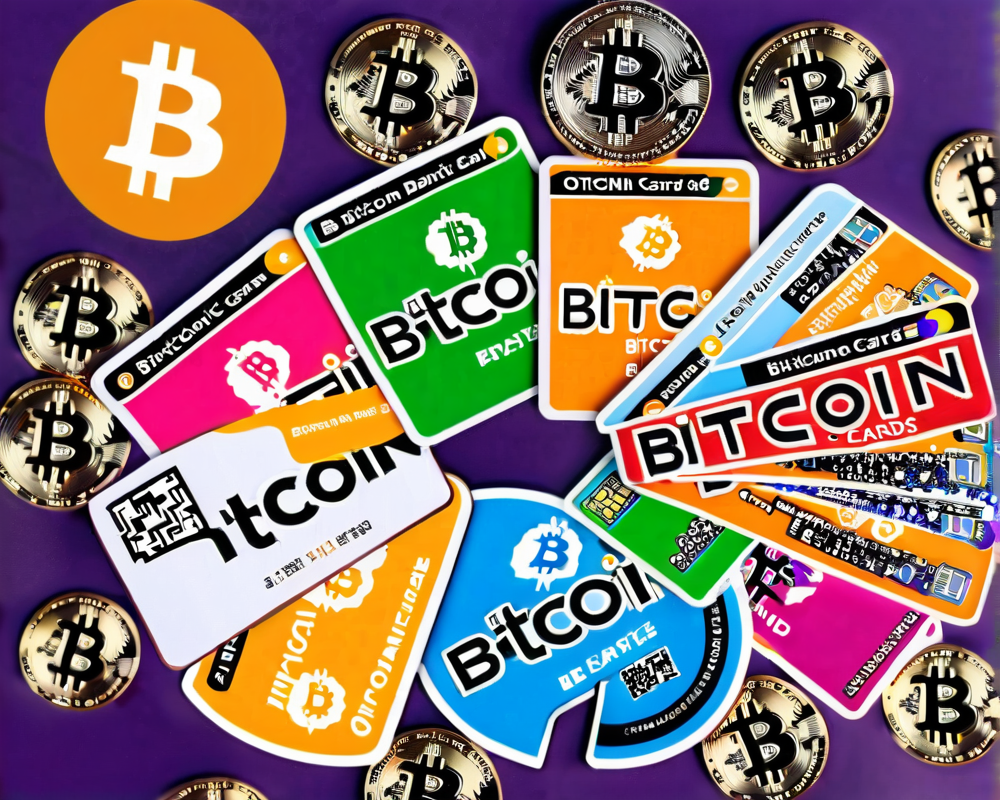Hitting the Mainstream: The Rise of Bitcoin Debit Cards
The journey of Bitcoin towards mainstream adoption has taken an intriguing turn with the introduction of debit cards. These shiny pieces of plastic are more than just mini wallet replacements; they symbolize the merging of digital currency with everyday spending. While some enthusiasts celebrate this as a bold step forward, others remain skeptical, dubbing it a mere stepping stone. Let’s dive into what makes this market tick and how it might shape up in the coming years.
A Brief History of Bitcoin Debit Cards
Though the Bitcoin debit card scene is relatively young, it has already made waves. The concept reportedly began in 2014 with the advent of Xapo’s innovative card, but it didn’t take long for the niche to explode. Today, over 20 players in the game offer various solutions, each vying for the attention of the thousands of users around the globe. Enter Spectro Finance: the UK-based company that tossed its hat in the ring as early as 2013 with its own offerings. Their platform, SpectroCoin, launched the first Bitcoin debit card in 2015, and they’ve since distributed over 20,000 cards across 120+ countries.
The Privacy Predicament: Where’s the Freedom?
While Bitcoin has gained a reputation for anonymity, Bitcoin debit cards present a paradox. With ties to traditional card networks like Visa and MasterCard, complete privacy is little more than a mirage. Anni Rautio, Xapo’s product manager, emphasizes this. Many service providers require personal documentation like IDs and Social Security cards, forcing users into the lion’s den of verification processes. However, SpectroCoin offers a silver lining: a $2,500 cap on transactions allows users to remain somewhat incognito.
The Price Tag: Balancing Cost and Convenience
Let’s face it: nobody likes hidden fees, and Bitcoin debit cards have their fair share. Expect to shell out around $15 for a physical card, plus withdrawal fees that can nickel and dime you at domestic ($2.50) and international ($3.50) ATMs. On a brighter note, SpectroCoin slashes costs with its competitive pricing. It’s not just about attracting customers—it’s about establishing a reputation in a slim market.
Inconvenience: Load Up or Go Home
Another hurdle for Bitcoin usability is the card-loading process. Users need to load up their cards before making purchases or withdrawing cash, which could derail that impulse buy. But wait! SpectroCoin plans to roll out a game-changing feature that links the debit card directly to Bitcoin wallets in October. No more fussing over loading funds—your Bitcoins will do the heavy lifting when you shop or stop at the ATM.
The Future: Buckle Up for the Bitcoin Rollercoaster
Looking ahead, experts predict an upsurge in interest for Bitcoin debit cards, particularly in regions with unstable economies like Brazil and South Africa. But beware of flashy, amateur projects that may prey on the unprepared. According to Carolis, as the market evolves, demand for standalone debit cards may dwindle. Companies focusing on improving the holistic Bitcoin experience will likely emerge as front-runners.
In the grand scheme of things, the Bitcoin debit card landscape is still in its infancy. The exploration of features, user experience, and transaction approaches will play a pivotal role as the industry matures. Steady your wallets, folks—it’s going to be an entertaining ride!




